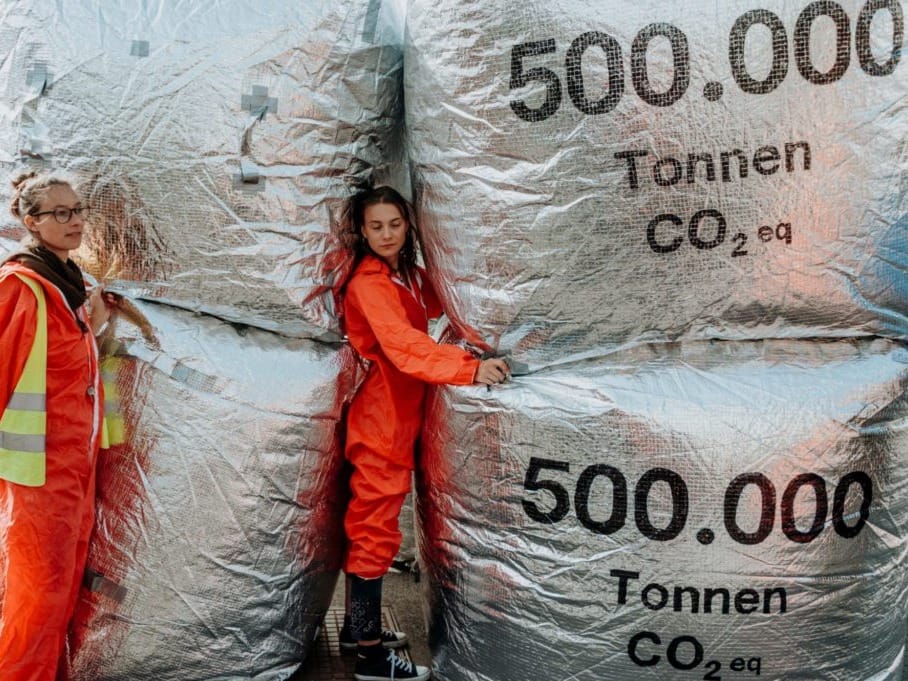A day before the U.N. Climate Action Summit, leading climate science organizations said nations must reduce "glaring and growing gaps" between what they will do and what they must do to fight global warming.
Their 28-page report issued on Sunday concluded that countries will have to triple their carbon emissions-cutting targets to fulfill the 2015 Paris Agreement’s minimum goal of preventing average global temperatures from rising more than 2° Celsius above pre-industrial levels.









